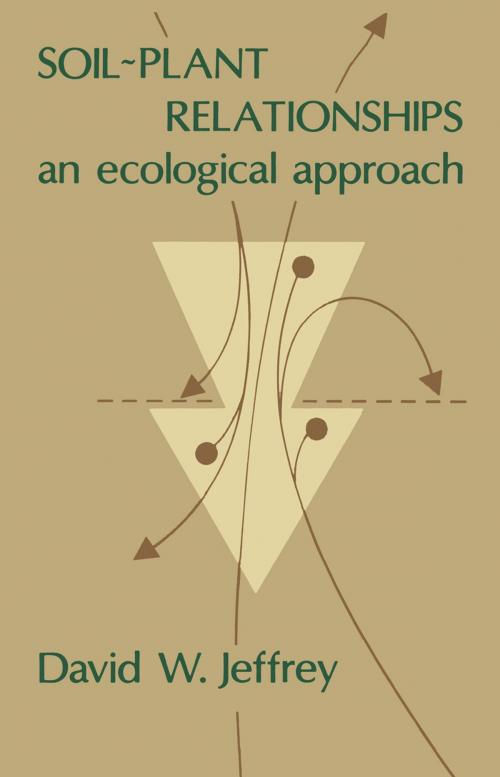Soil~Plant Relationships
An Ecological Approach
Kids, Natural World, Nonfiction, Reference & Language, Education & Teaching, Science & Nature, Science| Author: | ISBN: | 9789401160766 | |
| Publisher: | Springer Netherlands | Publication: | December 6, 2012 |
| Imprint: | Springer | Language: | English |
| Author: | |
| ISBN: | 9789401160766 |
| Publisher: | Springer Netherlands |
| Publication: | December 6, 2012 |
| Imprint: | Springer |
| Language: | English |
Soil-plant relationships once had a limited meaning. To the student of agriculture it meant creating optimum conditions for plant growth. To the ecologist it meant explaining some plant community distribu tion patterns by correlation with soil type or conditions. This dual view has been greatly expanded at an academic level by the discovery of the ecosystem as a practical working unit. A flood of concepts and information subsequently emerged from the International Biological Programme. At a totally different level of resolution, it is appreciated that certain soil-based ecological problems have a molecular basis, and must be addressed by physiological or biochemical approaches. From ecosystem to molecule we have powerful new tools to increase the flow of ecological data and process it for interpretation. Society is now experiencing a series of adverse global phenomena which demand an appreciation of soil-plant relationships. These include desertification leading to famine, soil degradation accom panying forest destruction, acidification of watersheds and the spasmodic dispersal of radionuclides and other pollutants. It is public policy, not merely to identify problems, but to seek strategies for minimising their ill effects. This book is written as a guide to soil-plant relationships, cen trally oriented towards ecology, but of interest to students of geo graphy and agriculture. For ecology students it will bring together subfields such as microbiology, plant physiology, systematics and pro vide interfaces with animal biology, meteorology and soil science.
Soil-plant relationships once had a limited meaning. To the student of agriculture it meant creating optimum conditions for plant growth. To the ecologist it meant explaining some plant community distribu tion patterns by correlation with soil type or conditions. This dual view has been greatly expanded at an academic level by the discovery of the ecosystem as a practical working unit. A flood of concepts and information subsequently emerged from the International Biological Programme. At a totally different level of resolution, it is appreciated that certain soil-based ecological problems have a molecular basis, and must be addressed by physiological or biochemical approaches. From ecosystem to molecule we have powerful new tools to increase the flow of ecological data and process it for interpretation. Society is now experiencing a series of adverse global phenomena which demand an appreciation of soil-plant relationships. These include desertification leading to famine, soil degradation accom panying forest destruction, acidification of watersheds and the spasmodic dispersal of radionuclides and other pollutants. It is public policy, not merely to identify problems, but to seek strategies for minimising their ill effects. This book is written as a guide to soil-plant relationships, cen trally oriented towards ecology, but of interest to students of geo graphy and agriculture. For ecology students it will bring together subfields such as microbiology, plant physiology, systematics and pro vide interfaces with animal biology, meteorology and soil science.















